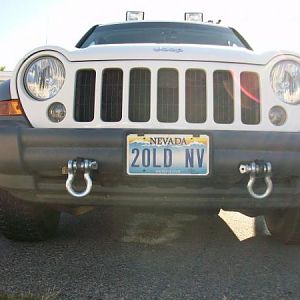osufans
Full Access Member
So my battery light came on again, and now it's staying on. You can hear the blower motor speed up and slow down, so it sounds to me like the voltage regulator is flaking out. I stopped and had it tested again, and they said the battery is fine, but it is not charging.
I have been told you have to replace the entire alternator....does anyone know a workaround? Seems ridiculous to me to replace the entire alternator just to fix the voltage regulator...but whatever.
Thanks for any quick replies, as I will be needing to fix this no later than tomorrow afternoon.
Thanks!
Matt
I have been told you have to replace the entire alternator....does anyone know a workaround? Seems ridiculous to me to replace the entire alternator just to fix the voltage regulator...but whatever.
Thanks for any quick replies, as I will be needing to fix this no later than tomorrow afternoon.
Thanks!
Matt










